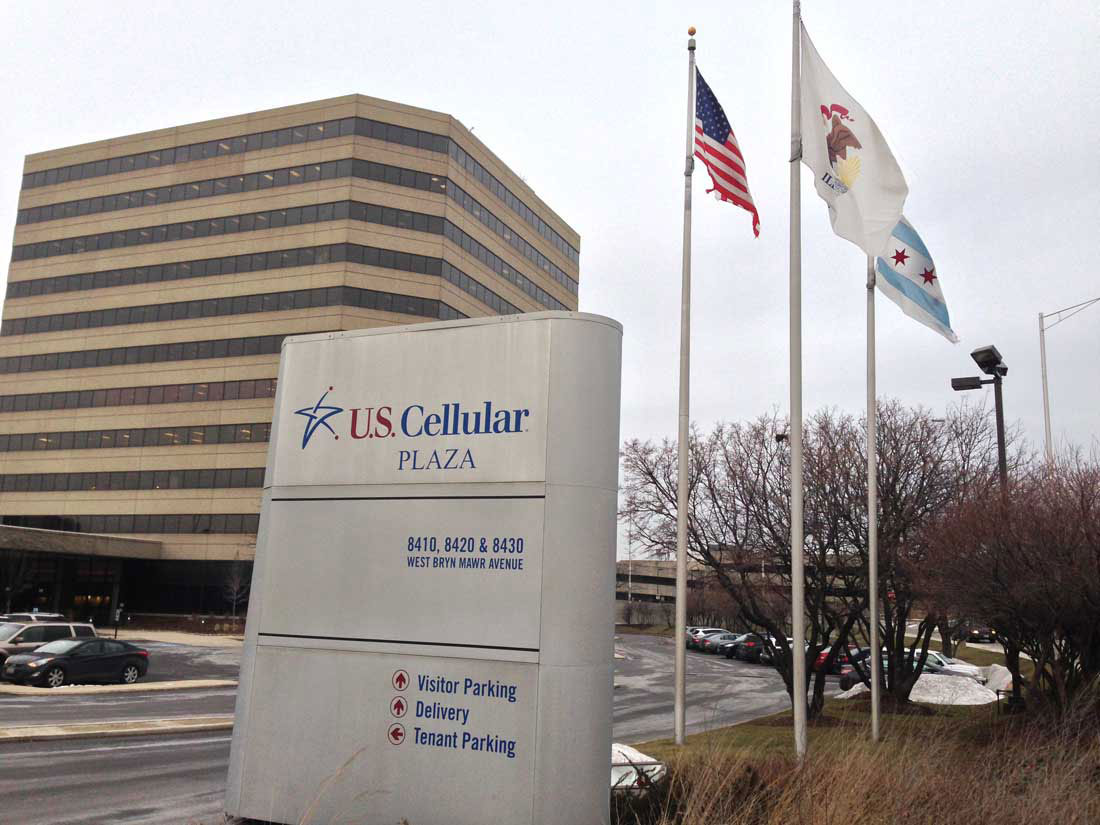By Lucia Maffei
Stating that analysts are “divided” in their outlook for United States Cellular Corp. is a euphemism – they flatly disagree with each other.
Bulls say that the nation’s fifth-largest wireless service provider, located in Chicago, holds a number of assets with considerable value, including wireless spectrum and licenses, partnership interests and one of the highest customer retention rates among its competitors.
“U.S. Cellular reported impressive third quarter 2015 operating cash flow of $150 million vs our expectation $140 million,” Ric Prentiss, an analyst at Raymond James, wrote while reiterating his strong buy on the stock.
On the other hand, bears say that U.S. Cellular, with scattered operations in three areas of the country, doesn’t have the scale to compete against national carriers. They believe that capital spending needs due to infrastructure building and wireless spectrum purchase will soon cancel profit margins. They also point to a decline in annual revenue.
There is only one thing everyone seems to agree on: U.S. Cellular should be sold.
U.S. Cellular is a subsidiary of Telephone and Data System Inc., another Chicago-based telecommunications service company which owns about 74 percent of U.S. Cellular and has a 96 percent voting interest. Both companies are controlled by the Carlson family.
U.S. Cellular Top Holders
[field name=”chart1″]
On Jan. 4, J.P. Morgan downgraded both the companies’ stocks from overweight to neutral, blaming a lack of strategic transactions, such as the sale of the company’s towers, a full sale of U.S. Cellular or at least a breakup of the U.S. Cellular and Telephone and Data System ownership structure.
Michael Hodel of Morningstar Inc. opines: “A sale or coordinated liquidation of the firm could quickly create tremendous value for shareholders, in our view. We see little concrete evidence that management will choose this path.”
The Carlson family has indeed kept both companies. They also decided to invest $338 million in additional wireless spectrum.
“In our opinion, U.S. Cellular’s spectrum still has value, but at this point any industry consolidator looking at the company on a strategic basis would be likely to view its network as a liability to be turned off rather than an asset to leverage,” Philip Cusick, analyst at J.P. Morgan, wrote in a report.
Many analysts think that improvements in infrastructure will not make U.S. Cellular competitive.
As one of the last remaining regional wireless carriers, the company has to face the fierce competition of national giants. Verizon and AT&T have many customers in U.S. Cellular territories, which include portions of New England, the Midwest and the Pacific Northwest.
One of U.S. Cellular’s widely recognized strengths, the low percentage of subscribers that discontinue their subscription (the so-called churn rate), may not be helpful.
“Churn is down 33 percent from the first quarter 2014 to the third quarter 2015 and now running near record lows,” noted Cusick. But Verizon and AT&T customers are even less likely to switch carriers, according to reports.
Also, analysts expect T-Mobile and Sprint coverage in the same territories to improve. “U.S. Cellular may not have the scale, infrastructure, or national brand name to be able to compete effectively,” wrote Cusick.
Among analysts, two rate the stock sell, two buy, and four hold. Hodel, the Morningstar analyst, falls into this last category. He wrote, “U.S. Cellular’s competitive position is balanced between two opposing forces,” meaning the competitive pressure of the four national carriers on one hand, countered by a continuing sale of “nonstrategic and uncompetitive assets” on the other. “But we believe the downward pressure on the business warrants a negative moat trend rating,” Hodel concluded.
The company has experienced a decline in annual revenue over the last three years, down 13 percent from $4.45 billion in 2012 to $3.89 billion in 2014.
U.S. Cellular’s stock prices over the last year
[field name=”chart2″]
Nevertheless, U.S. Cellular shares advanced last year, reaching a peak of $43.36 in November, when the company posted solid financial results for its third quarter of 2015. But in early January J.P. Morgan downgraded the stock to hold, sparking a sharp decline.
On Thursday, the shares closed down 20 cents at $36.85.

